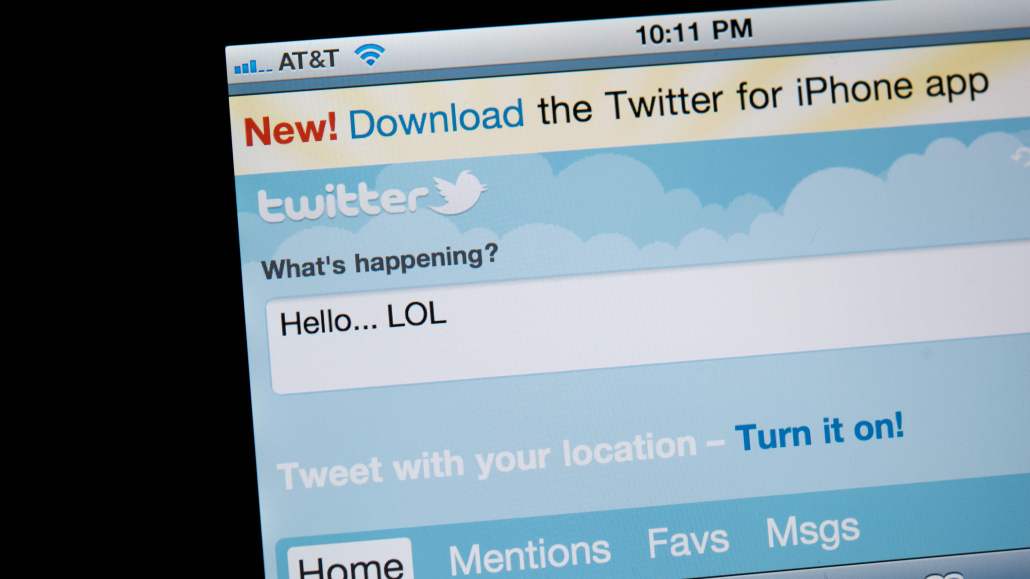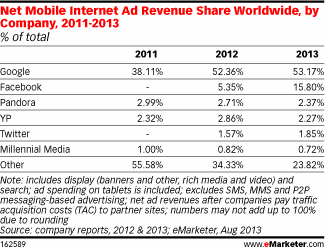Register by Jan 13 to save on passes and connect with marketers from Uber, Bose and more

Twitter’s ad story is starting to shape up. Native? Check. Mobile? Check. Programmatic? Check.
With its acquisition of MoPub, a mobile exchange platform, Twitter is positioning itself to go toe-to-toe with Google and Facebook in mobile ads. MoPub brings Twitter both a mobile exchange infrastructure for its own promoted tweets and trends. Critically, it would also bring inroads with hundreds of mobile publishers. That could mean spreading Twitter ads outside of just Twitter.
“It gives us a seat at the table to help define where mobile advertising goes,” said Kevin Weil, vp of revenue product at Twitter. “We think it can be better than it is today.” MoPub Jim Payne to publishers, which were assured that Twitter would continue to invest in the platform — and bring native ads to it. Weil cautioned that adding native units to MoPub doesn’t necessarily only mean promoted tweets, as other types of environments call for other types of ads.
The move makes sense. Mobile advertising, for all its growth, is not without problems. Most of them revolve around unhappiness with what Steve Jobs called “crappy ads.” It’s telling that Facebook’s mobile ad business has taken off so quickly with its mobile display ads do not look like typical mobile ads.
The deal is also part of moves to make more interesting — yes, native — forms of digital advertising as easy and cheap to buy and sell as display ads. And it needs to be just as targeted as the display ad industrial complex.
That said, Twitter’s got a very long ways to go before it truly competes with Google and Facebook. EMarketer puts Twitter as a rounding error compared to those players.
“This brings Twitter into the mobile game,” said Darren Herman, chief digital media officer of The Media Kitchen and president of kbs+ Ventures. “It could theoretically own mobile advertising.”
Herman said Twitter most likely sees more here than ad serving and exchange infrastructure, which it would likely be able to buy cheaper than the $350 million it is reportedly paying or simply build in-house. Twitter previewed how it will cast the purchase to Wall Street: putting it at the nexus of the big digital media trends of mobile and programmatic.
The buy would make a nice one for Wall Street as Twitter preps a presumed IPO, there’s the here and now of its own inventory. Facebook has proven with its exchange that a programmatic approach can be highly lucrative.
Another agency exec subscribed to the view that Mopub — “huge,” he said — would bring both analytics and reach for Twitter’s mobile ambitions. “[It] gives it ad opportunities outside of Twitter,” he noted.
More in Media

Media Briefing: Here’s what media execs are prioritizing in 2026
Media executives enter 2026 weathered by disruption, but refocused on AI revenue, brand strength and video and creator opportunities.

Why publishers are building their own creator networks
Publishers are forming creator networks to regain control, combat traffic declines, and reach audiences shifting toward influencers.

The accidental guardian: How Cloudflare’s Matthew Prince became publishing’s unexpected defender
Cloudflare’s day job is fending off botnets and nation-state cyberattacks, not debating how Google and other AI firms crawl publisher sites.






